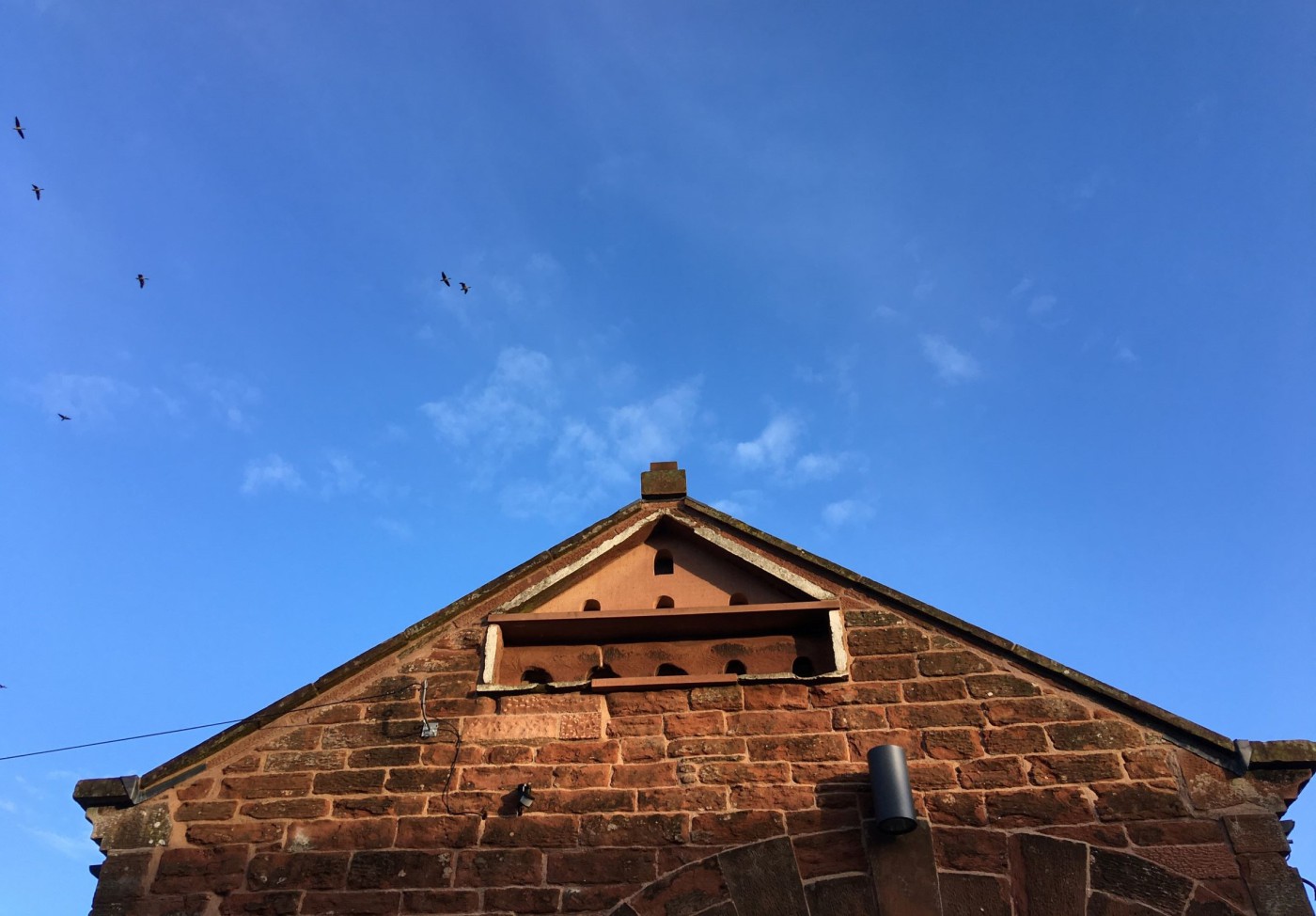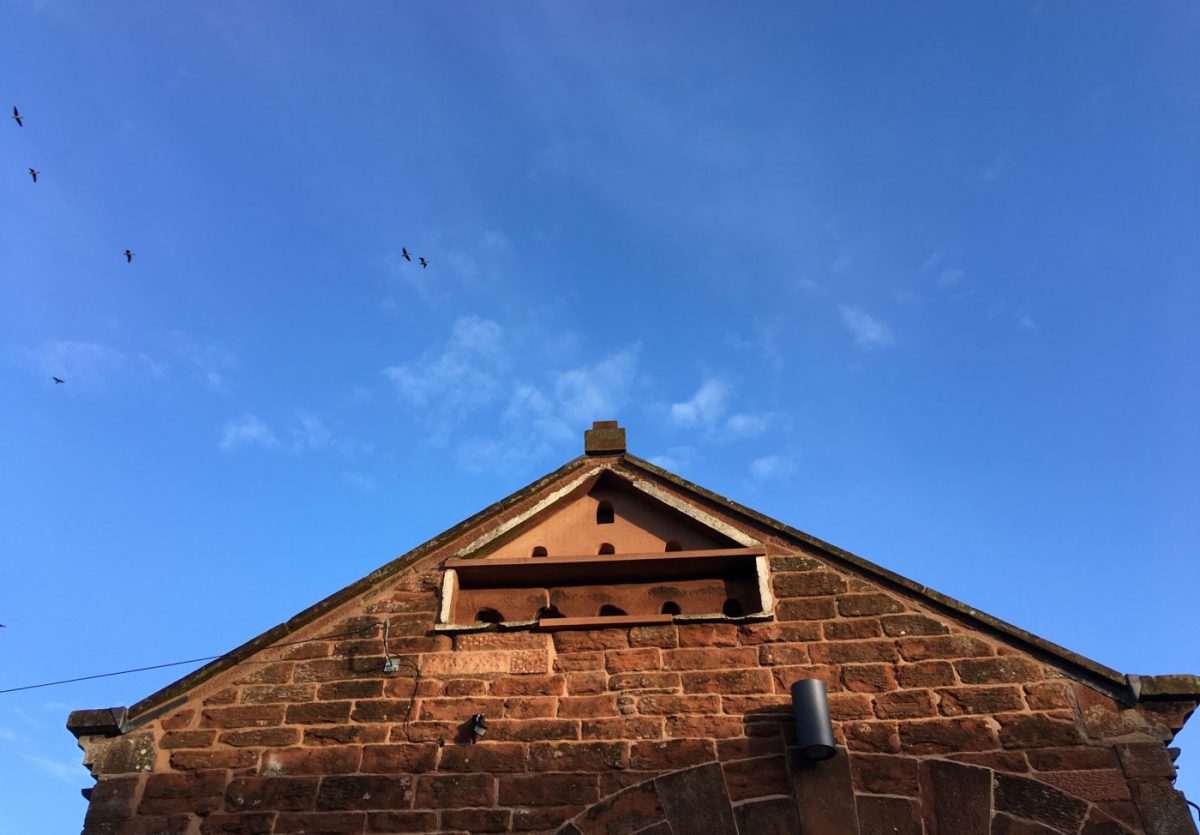Warwick Bridge Corn Mill is situated at the heart of historic Warwick Bridge in Cumbria. Records show that there has been a mill on this site since at least the mid 12th Century. Records show that the Mill was rebuilt in 1802, with most of the present structure dating to a rebuild of 1839. Since the 1980s it has been left to fall into a ruinous state and when Cultura Trust first looked to take on this project, Graham Bell was quoted as saying it was an ‘urgent rescue operation’. The Trust have succeeded in this challenge and the project demonstrates how the restoration of a historic building can be delivered successfully with invigorated purpose and social investment in a community.
The complexity of delivering a project of this type is evidenced by the time between the point at which is was first placed on the Heritage at Risk Register (2000) and the point at which it was acquired by the Trust in 2015 and its final restoration by 2020. Finding a productive use for this locally iconic but highly complex building was not possible until the Trust looked to reinstate it as a working mill and bakery. This in itself was a challenge for the Trust to raise the funding required to complete the works.
The mill sits within an area of high flood risk (evidenced by photographic records of the drastic floods of 2016) and adjacent to the River Eden which is an SSSI. The Cairn Beck which feeds the mill is also home to a number of protected species. This placed significant restrictions on the timing and extent of works that could be done to restore the Mill Race which feeds the waterwheel. The building itself was also home to a significant bat and bird population that had to be carefully managed whilst the repairs were completed to the building fabric.
The interrelation of the building form and machinery was also a challenge to the design team. Mosedale Gillatt was required to closely manage structural repairs to ensure that they had no impact on the milling process, nor that would be affected by the vibrations and movement of the systems once operational.
![]()








